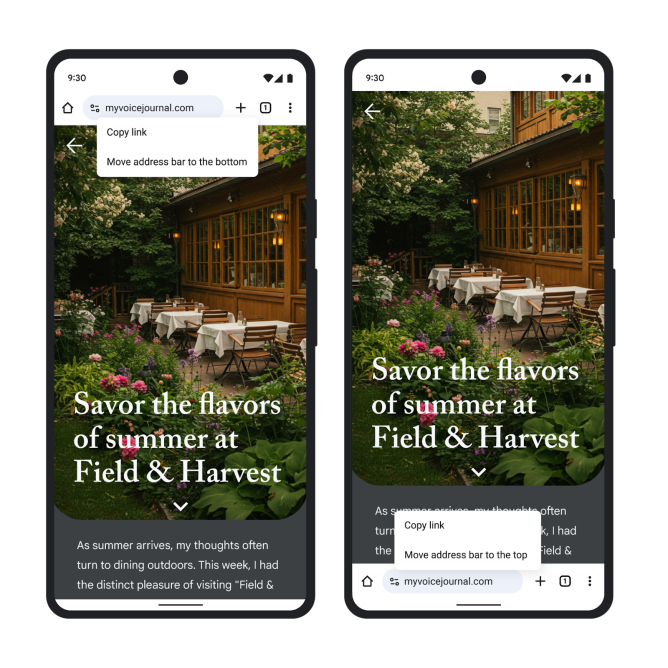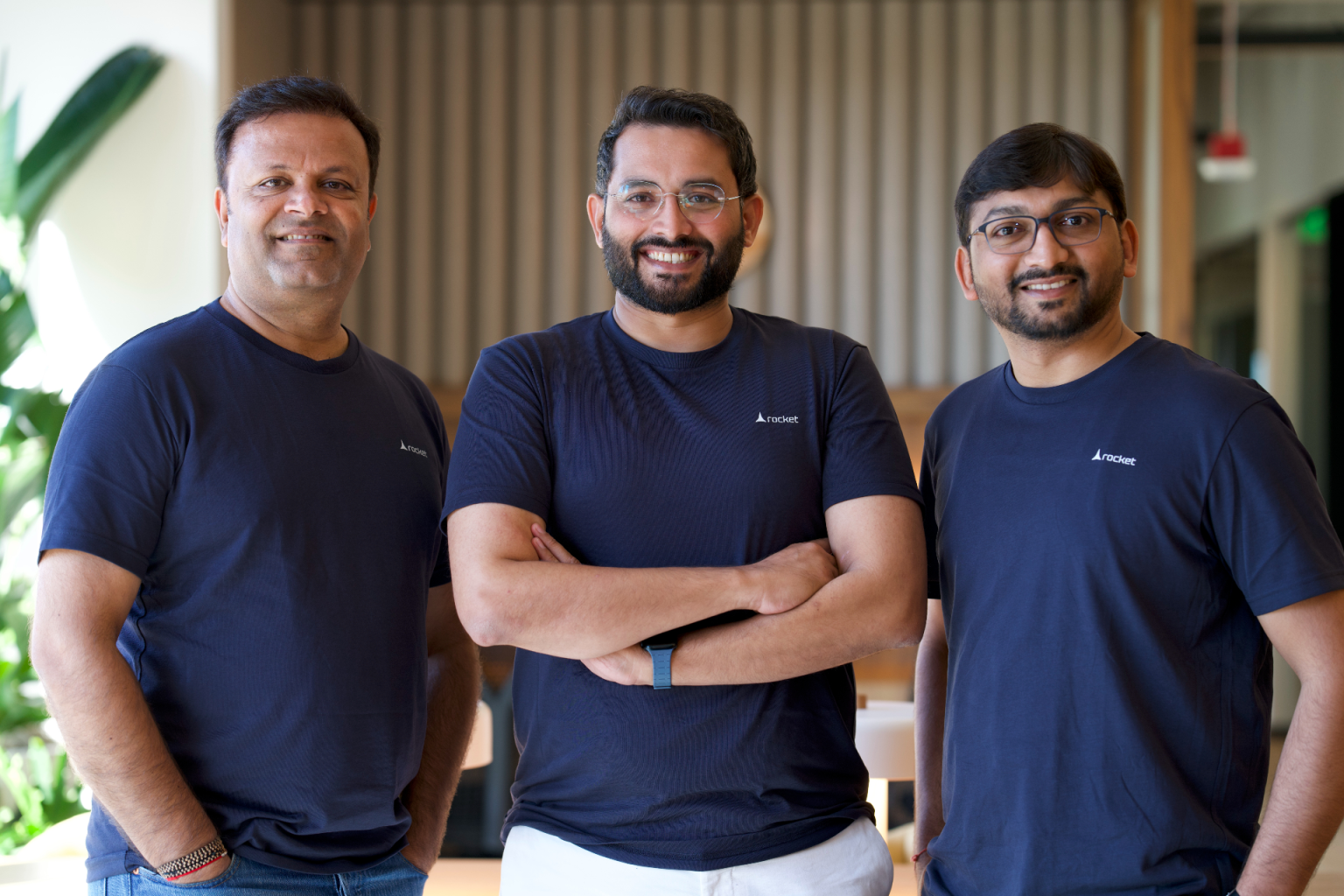Chrome for Android Now Lets Users Move the Address Bar to the Bottom
New design feature gives users more control over their browsing experience, enabling easier one-handed navigation by allowing the address bar to be repositioned to the bottom of the screen—following a similar move by Safari on iOS.

Google Embraces Bottom Navigation for Better Usability
Google has officially introduced the ability to move the Chrome address bar to the bottom of the screen on Android devices. This change, which mirrors Apple’s earlier move with Safari in iOS 15, is aimed at improving accessibility and comfort during one-handed browsing.
A Feature Inspired by Apple, But Handled Differently
While Apple made this design shift in 2021, Google previously brought the bottom address bar option to Chrome for iOS. Now, it’s extending the same flexibility to Android. Unlike Apple’s initial approach, Google is making this a user-controlled setting from the start, rather than a forced change.
How to Enable the Bottom Address Bar in Chrome for Android
Users can switch the address bar position in two simple ways:
- Option 1: Long-press the address bar and select the option to move it to the bottom.
- Option 2: Navigate to Chrome’s Settings menu and adjust the address bar location manually.
Why This Matters for Mobile Users
This update is a usability win, particularly for users of large-screen smartphones. By placing the address bar closer to where thumbs naturally rest, Chrome becomes more ergonomic and user-friendly—especially for one-handed use.
Learning from Safari’s Stumble
Apple faced backlash when it first introduced the floating address bar in Safari, which interfered with site elements and disrupted the browsing experience. After user feedback, Apple revised the feature, anchoring the bar below the content and making it optional—an approach Google appears to be following from the outset.
Gradual Rollout to Android Devices
Google confirmed that the new feature begins rolling out today and will reach all Android Chrome users in the coming weeks.
Sources : ( Techcrunch )




